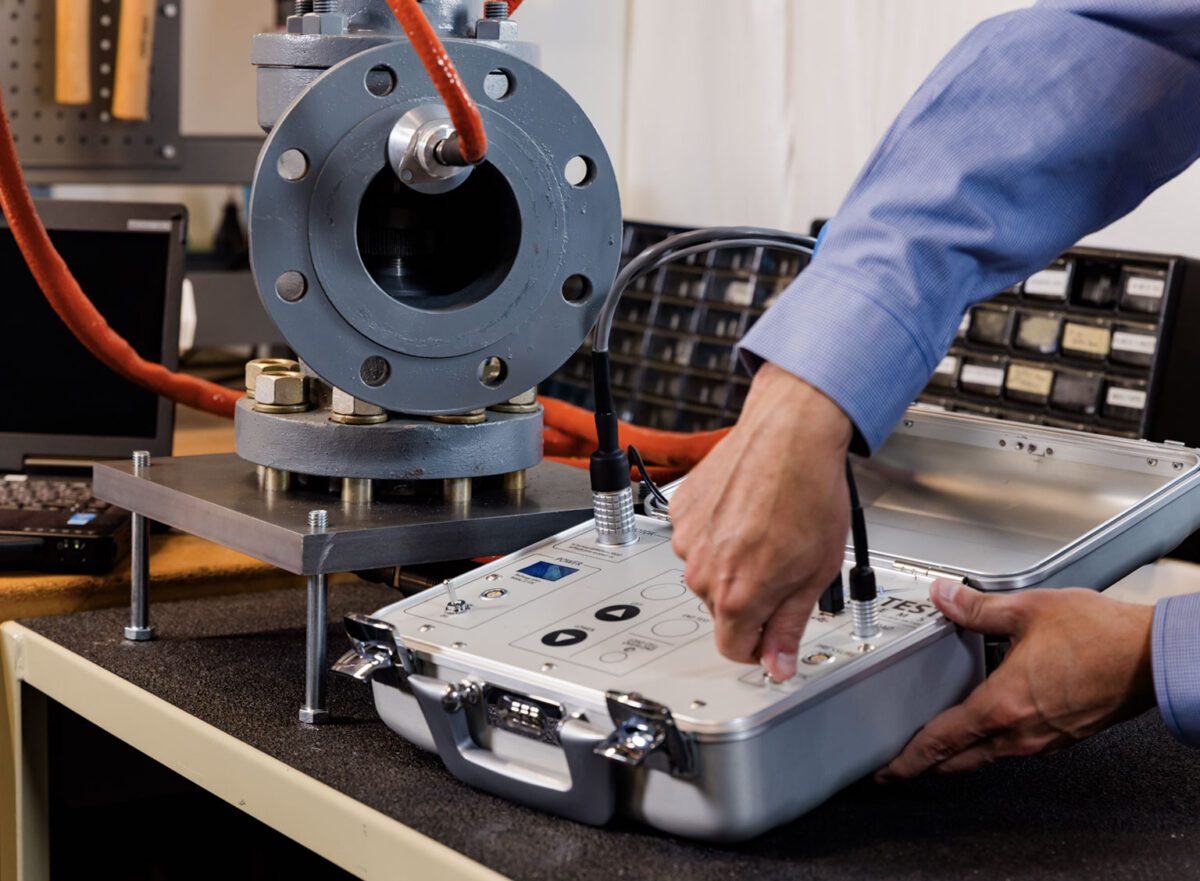Adapting to the Labor Shortage: The Role of Automation in Valve Testing

The industrial labor shortage is reshaping how maintenance and service work is performed. In many plants and valve service companies, experienced technicians are retiring faster than they’re being replaced. At the same time, the workload hasn’t slowed down—if anything, demands are rising.
Valve testing, in particular, values technician skill highly. But in today’s environment, it’s not always possible to rely on a fully experienced crew. This has pushed both plant operators and service providers to look for ways to maintain quality and consistency with fewer hands, and automation in valve testing emerged as a key solution.
The Experience Gap in Valve Testing
Traditional valve testing procedures require trained operators to manually position equipment, apply force, recognize valve movement, and interpret results. These steps can vary significantly from person to person, making outcomes inconsistent when experienced technicians aren’t available.
With a shrinking labor pool, many teams are forced to onboard newer employees faster than usual. Without enough hands-on training or supervision, the risk of test variability, rework, or missed issues increases.
How Automation in Valve Testing Helps:
Automated valve testing systems are designed to standardize key aspects of the testing process, reducing reliance on manual skill and helping newer operators perform with confidence.
Benefits include:
- Consistency: Automated control of lift and force application eliminates variability between tests.
- Faster Onboarding: Guided software interfaces reduce the learning curve for new technicians.
- Time Efficiency: Automated logging and reporting free up time for higher-value tasks.
- Repeatability: Standardized test routines ensure that each valve is tested under the same conditions.
Automation doesn’t replace the technician, but it enhances their capability, making a two-person crew as effective as three or four under a manual setup.
The Often-Overlooked Role of Technical Support
Automation alone isn’t enough. As systems become more advanced, reliable technical support from equipment vendors becomes just as critical—especially in leaner organizations.
Good vendor support can:
- Troubleshoot issues remotely, minimizing downtime when internal resources are stretched thin.
- Guide less experienced operators through uncommon or complex testing scenarios.
- Provide timely calibration and updates, keeping the system accurate without placing an extra burden on staff.
- Help interpret test results or adjust system settings for specific valve types or standards.
In effect, a responsive support team acts as an extension of your workforce, helping you bridge gaps in skill, experience, or availability.
Applications for Plants and Service Providers
- In plant environments, automation and strong vendor support allow maintenance teams to stay ready for scheduled or emergency testing, even if technician availability fluctuates.
- For valve service companies, these tools enable scalable operations: covering more work with fewer people while maintaining a high standard of accuracy, documentation, and turnaround time.
Future-Proof Your Valve Testing with AccuTEST
The labor shortage is likely to remain a long-term challenge. To maintain safe, efficient valve testing operations, more teams are turning to smart systems like the AccuTEST System, which is built to reduce manual effort, increase consistency, and help every technician perform at their best.
Automation brings stability to the process. AccuTEST’s responsive technical support brings confidence in the system.
Together, they help plant operators and valve service providers meet modern demands without overextending their teams.
Want to learn more? Let’s talk about how AccuTEST can support your crew.


